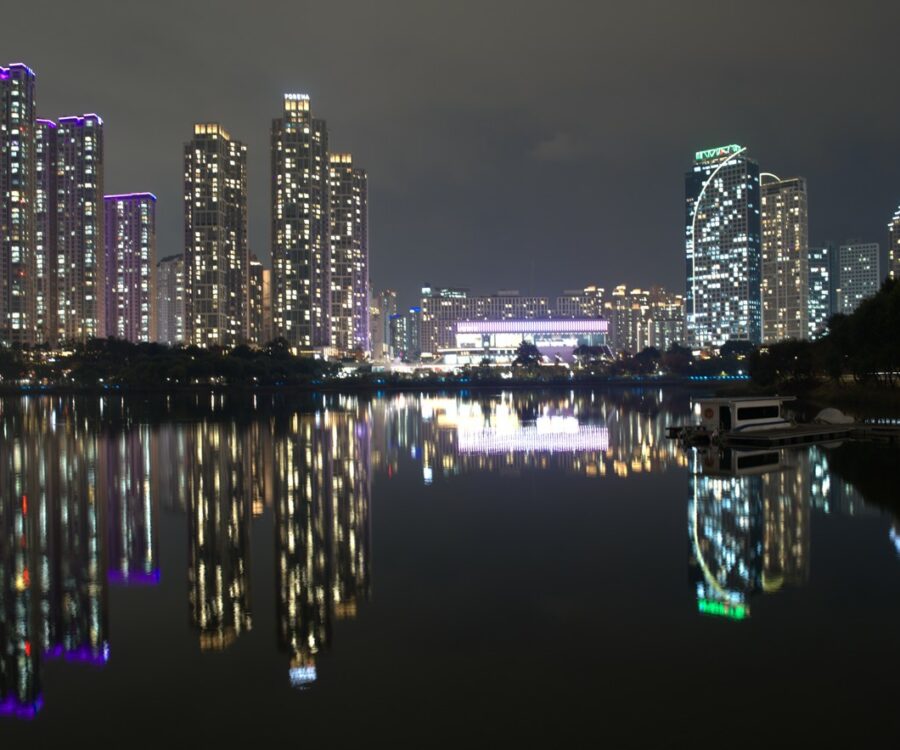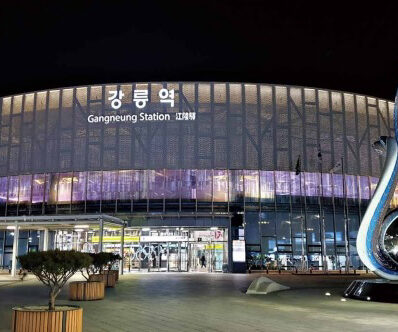I’m sure many people who have lived here in Korea as a student and as a working adult have been through their fair share of ramyeon days and shivering winter nights. For many others that might be in the same situation or would like to live a more frugal life, here are some tips that you can follow if you’re living that broke boys’ life.
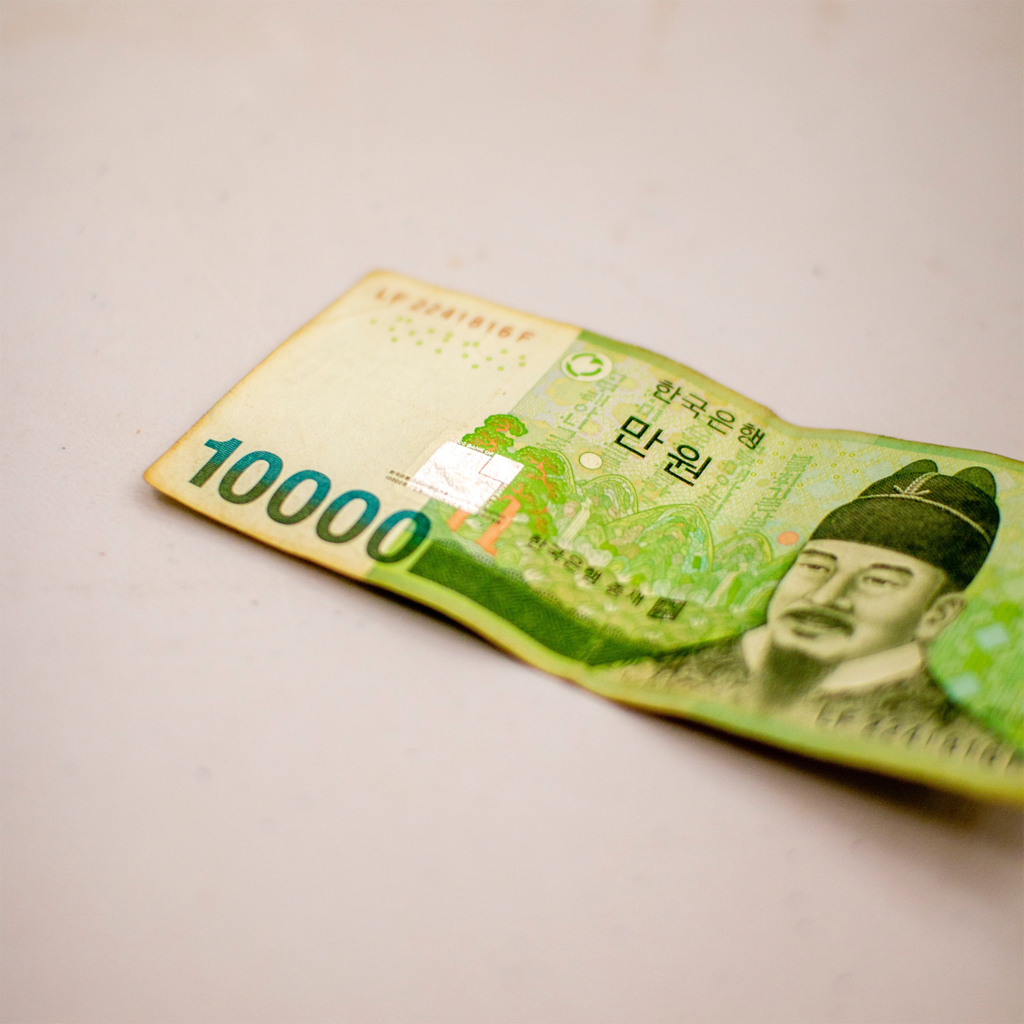
Lifestyle
If you find yourself always running out of money towards the end of the month, it’s probably time to start some financial planning and budgeting. You’ve probably heard of the 50/30/20 budgeting rule where you spend 50% on your needs, 30% on your wants, and 20% straight on your savings.
1. Open a Savings Account
*Tips for foreigners*
The best way to start a savings plan is to open a savings account in a local Korean bank. There is an account that almost every single Korean person has, and that’s the ‘Savings Account for Apartment Application’ or 주택청약종합저축. They usually do not recommend it openly to foreigners because it’s meant to be a long-term thing and they do not know if foreigners are here for the long run.
The interest rate is relatively high (~2.5% for a non-fixed deposit account) and it allows you to save automatically by transferring a stipulated amount from your main spending account to the savings account every month. You can control the amount you wish to save every month so it’s entirely up to you! Without putting in the effort, the amount gets transferred automatically without doing it manually so you don’t feel the pinch of saving.
2. Keep Needs Spending to 50%
Some of the basic necessities are rent, food, and transport. As much as we want to have a lavish lifestyle, sometimes it’s better to be prudent and keep your requirement of basic necessities to 50% of your monthly allowance/salary. Live somewhere closer to your school/office so that you can walk/cycle. Live in a cheaper place that takes care of all your needs. Have something cheaper for a meal instead of at an expensive restaurant.
3. Budget Your Wants
It’s easy to spend on things that you want extravagantly, but it shouldn’t be at the expense of your needs and savings! Practise the art of taking a week to think about a purchase before making it. Often, it takes roughly about a week for the impulse to disappear and you really think about whether you require an item before committing to the purchase.
For food, plan ahead in advance where you wish to go and check the menu prices before going. If you’d prefer not to do such precise budgeting, create a separate spending account so that you know how much you have left in your spending account so as to not overspend throughout the month.
If you stick to these few tips, your lifestyle will begin to become more frugal, even if it may be different from how you lived before, at least you know you’ll have some money on hand for a rainy day. You can always take out some money from your savings to reward yourself after a long period of sticking to the plan (eg. 6 months, a year).
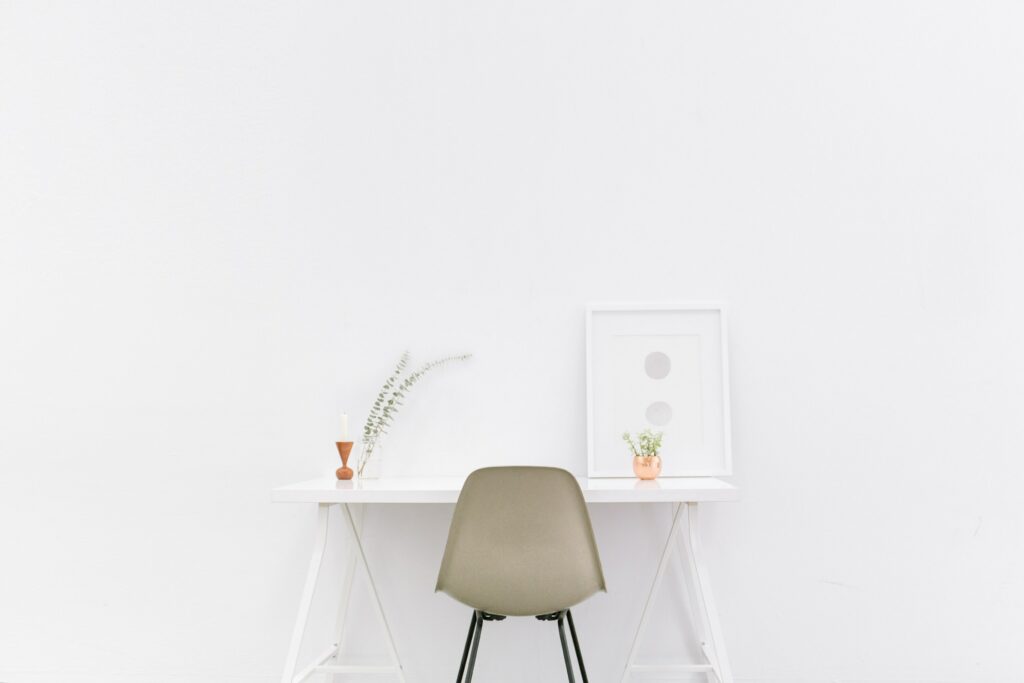
Consumerism
Another problem that plagues many foreigners during their time here in Korea is the addiction to consumerism. Everywhere you go, everyone’s carrying the latest phones, using the latest gadgets, and every other day, something new comes out. Even the ahjumma on the subway is using the latest Samsung Galaxy series phone while you’re still on your iPhone 6S.
The 7-Day Process
To curb this addiction, practise the 7-day thought process. Whenever you think you want something, take a week to think about it, think about the uses, the pros, the cons, and whether you will really make use of it. When the week is up, after all the impulse fades away, you will have a clearer picture of whether you really want the product or not. This rule holds true for almost all possible purchases such as electronics, clothes, accessories, and expensive purchases.
When you are less focused on material possessions and more on your future comfort and security, consumerism will slowly play a smaller part in your life and purchasing items for the sake of purchasing and owning will just be a habit that is long forgotten.
Some of the other expenses that run high in a seasonal country are the electricity bills, and especially in Korea, the gas bills during winter. Here are some tips during the summer and winter to help you save some money where you can save on.
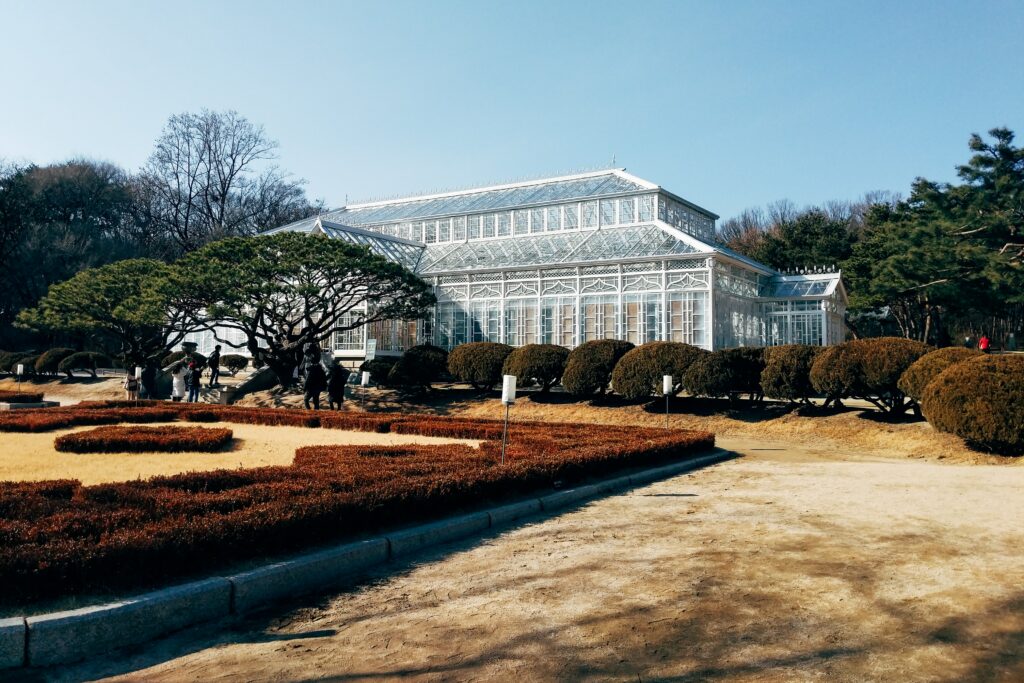
Summer Survival Tips
During the summer, Korea is known to go up to temperatures of 27 degrees Celcius. On top of that, it gets really humid as well so it might be hard to sleep at night. In general, how people beat the heat in Korea would be through air-conditioning. Keeping it turned on for long periods, especially through the night or through the day should you work from home could lead to expensive electricity bills and dry skin.
1. Invest in a fan
Fans not only consume lesser electricity compared to an air-conditioner, but they also help with the circulation and ventilation of the air in the room. Nowadays, fans are equipped with cooling systems as well as electricity-saving functions.
2. Purchase a cooling mat
One of the worst things in the world is to go to bed feeling all sweaty and sticky. Nowadays, you can find cooling mats in Korea being sold everywhere online at cheap prices. They are laid underneath your bed topper and cools your sheets/blankets down. It’s cold to the touch so having it under a sheet will give you the optimal temperature to fall into a deep sleep.
It’s made with a certain type of resin gel that is able to repel heat and retain the cold really well. In the past, cooling mats were mostly used for dogs that are sensitive to heat, but due to it being an inexpensive way to cool down the temperature of one’s bed, cooling mats have gained popularity.
3. Work in cafes/libraries
One of the biggest saving tips I can give any student or working adult: make use of the free resources at your disposal. As a student, going to a cafe nearby school would mean a cup or two of coffee for the entire day of air-conditioning, WiFi, and charging.
Should you need to study or work from home, or even if you just wish to watch videos the whole day, do it in a cafe. Almost all cafes in Korea have charging plugs available, free WiFi for their patrons, and air-conditioning. Rather than racking up your bills at home, spend a little on a cup of coffee and maybe a cake for an entire day in comfort.
Of course, it is considered etiquette to order at least one drink per person and to order one every 4-5 hours. Even then, it is still more cost-efficient to be at a cafe instead of your home during the sweltering periods of the year.
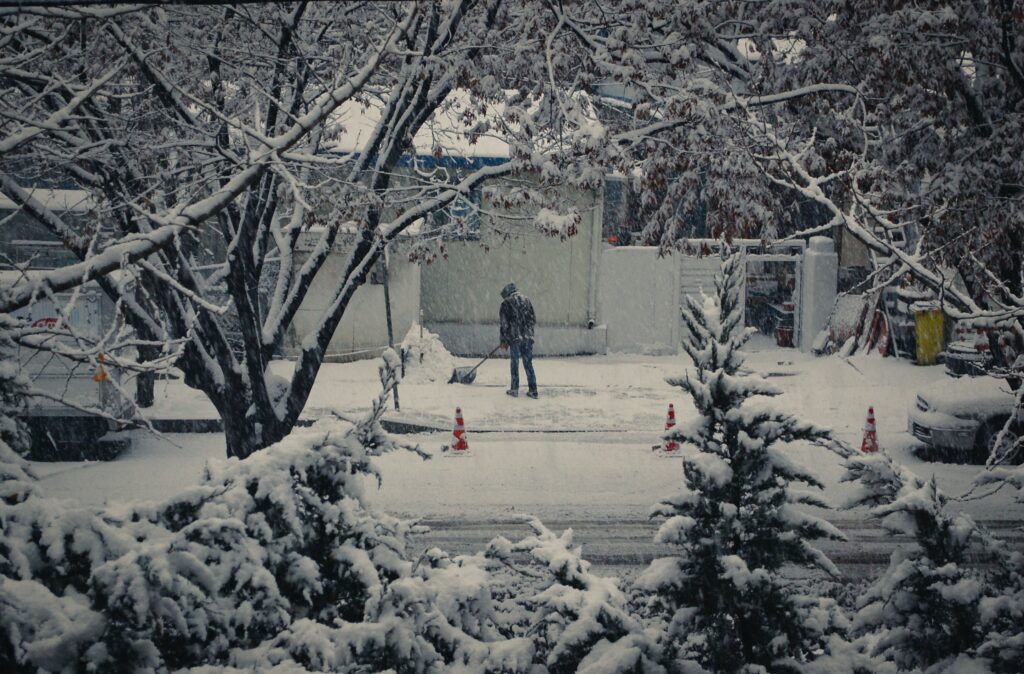
Winter Survival Tips
One of the biggest worries during the winter is the expensive gas bill. Korean houses in the past were heated up from the floor using their traditional ondol system, where hot water flows through tubes under the ground. When residential homes started to be built, the heating system was changed to gas heating – which still added up to quite an amount every month. Here are some tips that can help you cut down on your expenses during the winter.
1. Winter-proof your apartment
There are many ways to winter-proof your apartment. One of the ways your apartment gets really cold is because of cold windows and walls. To prevent the cold air from passing through your windows, you can purchase soft stopper tubes to tighten the hinges and crevices of your windows. This will prevent any cold wind from being blown into your home.
Next, buying bubble wrap for your windows also helps tremendously as an insulator to the cold. Sprinkle some water and stick the bubble wrap bubble side onto the glass. During the winter periods, you can buy large rolls for cheap at Daiso.
2. Invest in an electric heating mat
Another way to sleep warm without incurring a large gas bill at the end of the month is to invest in an electric heating mat. Much like the cooling mat, this is laid underneath your bed topper and it heats up your sheets and blanket. There is a dial where you can adjust the heat to suit your preference.
As this uses minimal electricity, it’s extremely cost-saving and cheap to purchase too. It’s easily folded and stored away when the cold season passes till you wish to use it again next winter.
3. Get a home with an electric floor heating system
This may or may not be an option for you, depending on your monthly income and expenses. But for those who are able to afford it, the newer houses that are being built in Korea come equipped with electric floor heating systems instead of the traditional gas. This makes it a lot cheaper to turn on the home heating system without burning a hole through your pocket.
Of course, the newer houses definitely cost more than the older ones, but you will save in the long run when it comes to turning on the floor heating system. In the long run, Korea will see more homes be equipped with an electric system where it will be more cost-efficient to have the heater turned on.
4. Wear proper winter home clothing
Another reason why we feel cold at home is when we do not wear proper clothing. In Korea, it is relatively cheap to buy fur-lined pajamas and socks. One of the first parts of our body to get cold are our feet, thus it’s important to wear thick socks, especially to bed to keep warm throughout the night.
Winter pajamas are the trick to feeling warm and toasty even without strong heating in the house.
These are all the tips and tricks that I have used in my years living in Korea. I hope they are of help to you and they have brought something of value to you. If you have other methods that you use, feel free to share your tips in the comments with us!


